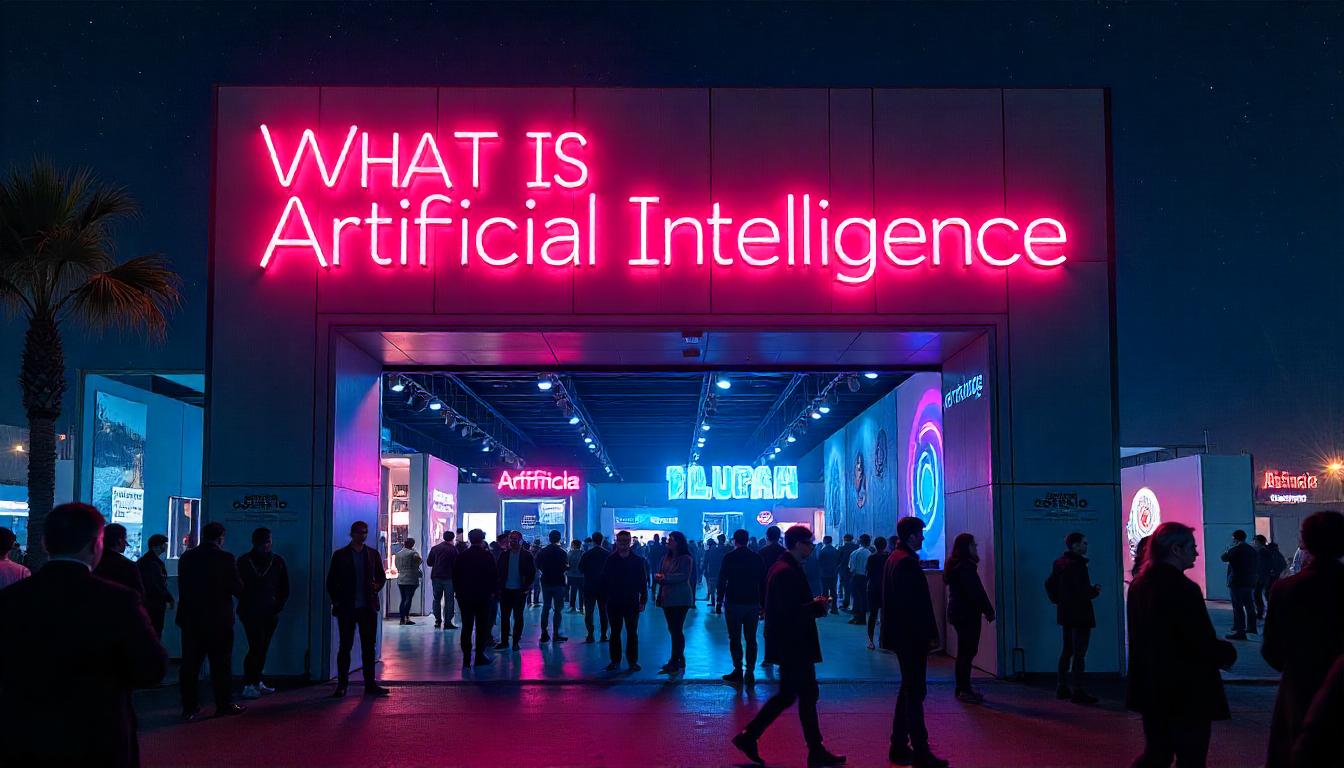From voice assistants on your phone to the recommendations you see while shopping online, Artificial Intelligence (AI) has become an everyday part of our lives. But what exactly is AI, and why is it such a big deal?
This beginner’s guide will help you understand what AI is, how it works, where it’s used, and why it’s shaping the future.
Understanding Artificial Intelligence
At its simplest, Artificial Intelligence is about teaching machines to mimic human intelligence. That means giving computers the ability to learn, solve problems, understand language, and even make decisions.
So when you ask Siri for the weather or get movie suggestions on Netflix, that’s AI in action.
Types of AI
AI comes in different shapes and sizes, depending on how advanced it is. Let’s look at the main categories:
Narrow AI (Weak AI)
- Designed to handle one specific task
- Examples include spam filters, voice assistants, and recommendation systems
- This is the type of AI we mostly use today
General AI (Strong AI)
- A theoretical kind of AI that can learn, think, and reason like a human
- Doesn’t exist yet — researchers are still working toward it
Superintelligent AI
- Would surpass human intelligence in every area
- Still belongs to the realm of science fiction — for now
How Does AI Work?
AI relies on data, powerful algorithms, and computing power to “learn” how to do things. Here’s how the process usually unfolds:
- Collecting Data – The AI gathers huge amounts of information.
- Training – It uses algorithms to spot patterns and relationships in the data.
- Improving – Over time, the AI system refines its performance as it processes more data.
A key part of this is machine learning, where computers improve at specific tasks through experience, without being programmed step by step.
How AI Shows Up in Everyday Life
AI is all around us, even if we don’t always notice it. Here are some common examples:
- Smartphones – Facial recognition, voice commands, predictive text
- Streaming Services – Personalized recommendations on Netflix or Spotify
- E-commerce – Product suggestions, chatbots for customer service
- Healthcare – Identifying diseases, helping discover new treatments
- Finance – Detecting fraud, automating investment advice
- Transportation – Self-driving cars, traffic predictions
In short, AI is working behind the scenes to make life more efficient and personalized.
The Pros and Cons of AI
Like any technology, AI has its benefits and its potential drawbacks.
✅ Advantages
- Saves time and increases productivity
- Automates repetitive or mundane tasks
- Enhances accuracy, especially in fields like healthcare
- Sparks innovation and new opportunities
⚠️ Challenges
- Could replace some human jobs
- May inherit biases from the data it’s trained on
- Raises concerns about privacy and data security
- Brings up ethical questions about responsibility and control
Is AI the Future?
Without a doubt. AI is already transforming industries, redefining jobs, and changing the way we interact with technology. And this is just the beginning.
However, as AI becomes more powerful, it’s crucial to create ethical guidelines and regulations to ensure it’s used responsibly and benefits everyone.
Wrapping Up
Artificial Intelligence is no longer science fiction—it’s part of our daily lives. From helping us shop smarter to powering medical breakthroughs, AI is here to stay.
Understanding the basics is the first step in navigating and embracing this exciting technology.
Curious to learn more about AI?
Follow our blog for simple guides, news, and updates to help you stay informed in the ever-evolving world of Artificial Intelligence!
Share this content:




